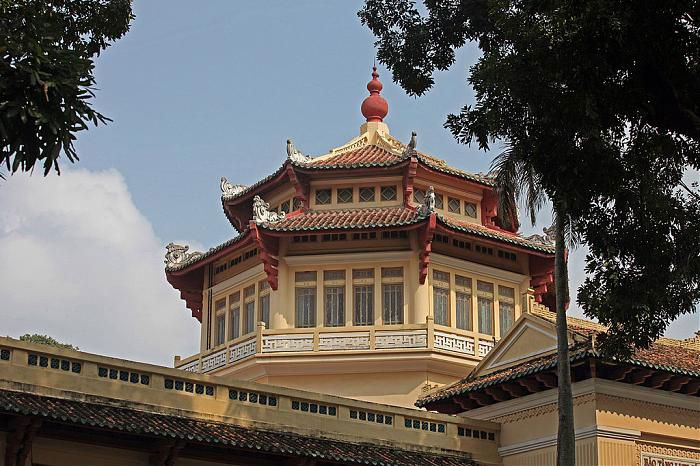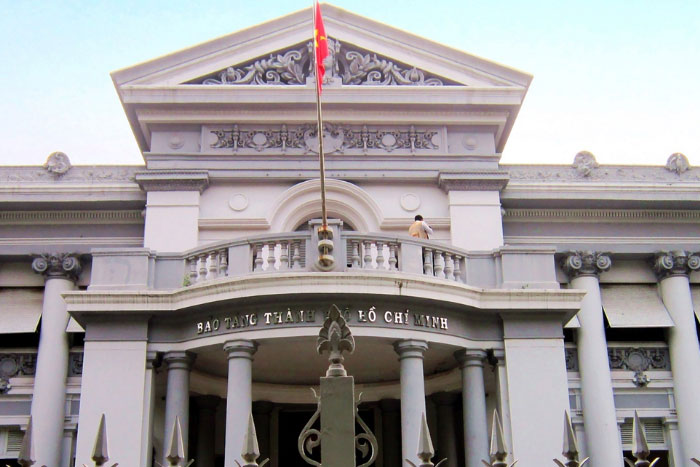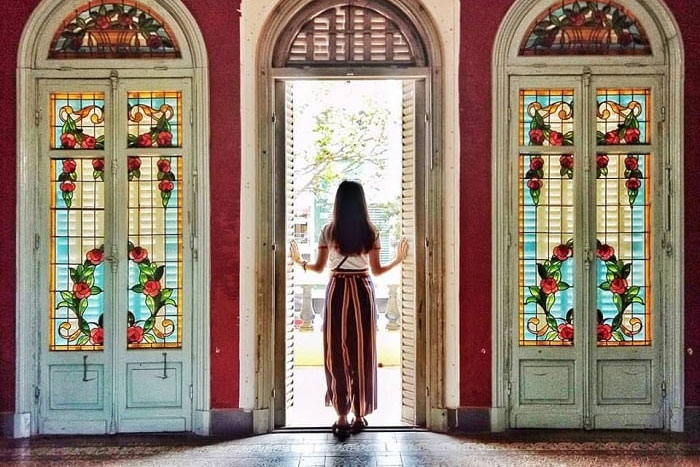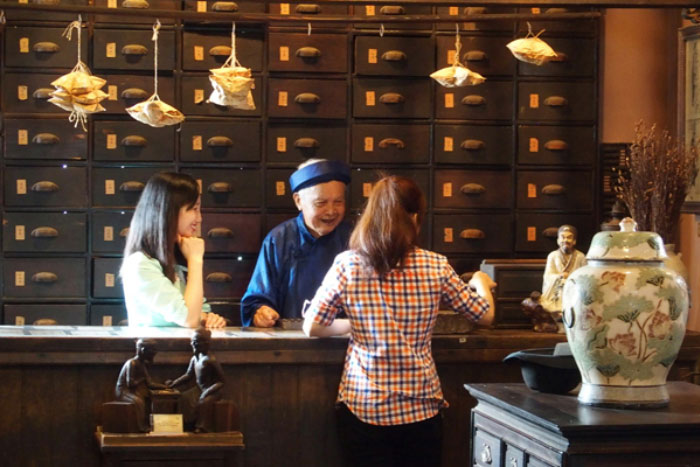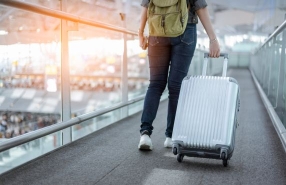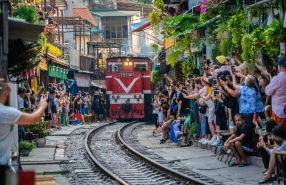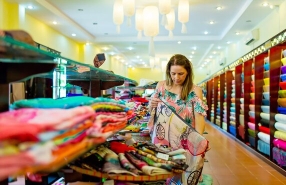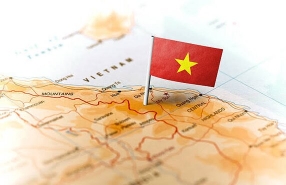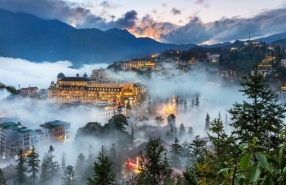
Welcome to Ho Chi Minh City, where the vibrant streets and bustling markets intertwine with a rich tapestry of history and culture. Among the city's numerous attractions, its captivating museums offer a unique window into Vietnam's past, taking visitors on a journey through time. In this travel blog, we will delve into the remarkable museums of Ho Chi Minh City, each offering a glimpse into different facets of the country's complex history. So, let's embark on a captivating exploration of the museums that bring the past to life in this dynamic city.
1. War Remnants Museum
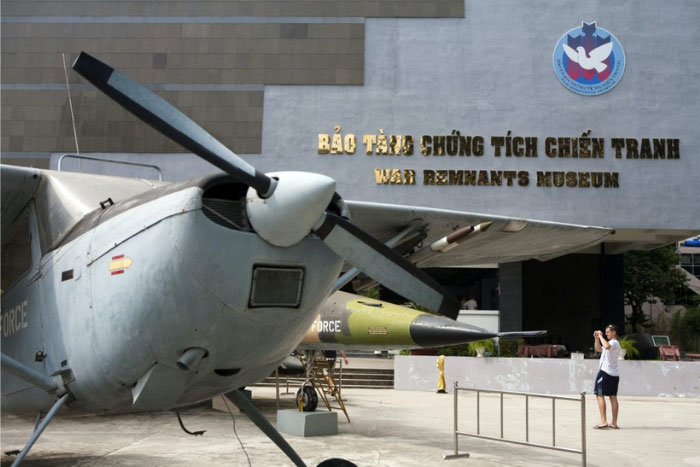
The War Remnants Museum in Ho Chi Minh City, operated by the local government, originally opened in 1975 as the Exhibition House for US and Puppet Crimes. It has undergone name changes over the years, and its current name dates back to 1995. The museum features themed rooms and outdoor displays of military equipment, including helicopters, fighter planes, and tanks. Exhibits cover various aspects of the Vietnam War, including war crimes, the use of chemical defoliants like Agent Orange, and the effects of napalm bombings. The museum also showcases photographs and artifacts related to the war. It has become a popular tourist attraction, welcoming around half a million visitors annually, with a significant number of foreigners. The museum's approach to presenting historical truths without extensive contextualization distinguishes it from other museums. Visitor comments in the museum's impression books reflect a range of reactions, with some praising Vietnam and others criticizing the museum for its perceived propaganda. The museum's popularity has expanded to include visitors from diverse countries beyond Europe and North America.
2. Museum of Vietnamese History
The History Museum of Ho Chi Minh City, established in 1929 during the French colonial era as the "Musée Blanchard de La Brosse," is the oldest museum in southern Vietnam. It has undergone renovations and expansions but has retained its essence over time. This museum offers a captivating journey through Vietnam's history, showcasing artifacts and exhibits that depict the region's past, including the Nguyen dynasty, French colonial period, and wartime era. In addition to its exhibitions, the museum serves as a cultural hub, hosting various events, workshops, and lectures. For those seeking to delve into the rich history and cultural heritage of Ho Chi Minh City, a visit to the History Museum is highly recommended.
3. Ho Chi Minh City Museum
The Museum of Ho Chi Minh City, formerly known as Gia Long Palace, is a historical site and museum in Ho Chi Minh City, Vietnam. It was constructed in 1885 and designed by French architect Alfred Foulhoux. Originally intended to house the Museum of Commercial Trade, it later became the residence of the Governor of Cochinchina. Throughout its history, the palace changed hands multiple times, serving as the residence for various officials and governments, including the Japanese Imperial Army and the Provisional Administrative Committee of Southern Vietnam.
After the French reconquest of Indochina, the palace became the headquarters of the Provisional Government of the State of Vietnam. It was later renamed Gia Long Palace and served as the official residence of the Premier of the State of Vietnam. During the presidency of Ngô Đình Diệm, it became the temporary residence after the bombing of the Independence Palace.
After the fall of Saigon, the palace was transformed into the Ho Chi Minh City Revolutionary Museum and later renamed the Museum of Ho Chi Minh City. The architecture of the palace combines classical Baroque style with European and Oriental influences. The building features intricate designs, including symbolic animals and plants, and is surrounded by a trapezoid-shaped flower garden.
Notably, the palace had tunnels leading to other parts of the city, which were used as escape routes during times of crisis. It is believed that Ngô Đình Diệm used one of these tunnels to escape the 1963 coup d'état.
4. Fine Arts Museum
The Ho Chi Minh City Museum of Fine Arts is housed in a magnificent building that carries a rich history and architectural allure. Originally the residence of Mr. Hua Bon Hoa, a wealthy Chinese businessman, the building was designed by the French architect Rivera and completed in 1934. It seamlessly blends European and Eastern architectural styles, creating a visual masterpiece.
Since its establishment as a museum in 1987, the Ho Chi Minh City Museum of Fine Arts has become a cultural hub, preserving and exhibiting a diverse range of artworks. Divided into three buildings, the museum showcases modern and contemporary pieces, along with ancient art crafted from unique materials. The grand entrance with its red-tiled roof and stained glass windows, as well as the vibrant spiral staircase, offer picturesque backdrops for photography enthusiasts.
With its fusion of architectural splendor and an extensive collection of artworks, the Ho Chi Minh City Museum of Fine Arts invites visitors to immerse themselves in beauty and heritage. Whether one is captivated by the building's design or the impressive array of artistic creations, the museum stands as a testament to the vibrant cultural scene in Saigon.
5. The Museum of Traditional Vietnamese Medicine
The Museum of Traditional Vietnamese Medicine was established in 2003 and opened to the public in 2007. Founded by Mr. Le Khac Tam, the museum aims to showcase the cultural and natural legacies of traditional medicine in Vietnam. The building features six floors with 18 exhibition rooms, each displaying different aspects of traditional medicine. Visitors can explore the history, tools, ingredients, and practices of Vietnamese traditional medicine. The museum also offers interactive activities, such as creating remedies using various herbs. The top floor presents paintings of notable practitioners and provides insights into the global history of herbal medicine. Overall, the Museum of Traditional Vietnamese Medicine offers a fascinating journey into the rich heritage of traditional medicine in Vietnam.
6. Tips for visiting museums in Ho Chi Minh city
Here are some tips for visiting museums in Ho Chi Minh City:
Plan your visit: Before heading to a museum, research its operating hours, admission fees, and any special exhibits or events happening during your visit. This will help you better organize your itinerary and make the most of your time.
Check for closures or renovations: Museums occasionally undergo renovations or temporary closures for maintenance or exhibit changes. Prior to your visit, check the museum's website or contact them directly to ensure it will be open during your planned visit.
Respect museum rules and regulations: Follow the guidelines and rules set by the museum, such as restrictions on photography, touching artifacts, or using flash photography. These rules are in place to protect the exhibits and maintain a respectful environment for all visitors.
Take your time: Museums in Ho Chi Minh City can feature extensive collections, so allocate sufficient time to explore each exhibit thoroughly. Read the accompanying descriptions and take in the details to fully appreciate the historical and cultural significance of the artifacts on display.
Consider a guided tour: Many museums offer guided tours led by knowledgeable staff or audio guides. Consider joining a tour to gain deeper insights, learn interesting anecdotes, and enhance your understanding of the exhibits.
Engage with interactive displays: Some museums feature interactive displays or multimedia installations. Take advantage of these opportunities to engage with the exhibits and learn in a hands-on manner. This can enrich your museum experience and make it more memorable.
Respect cultural and historical artifacts: Show respect for the cultural and historical significance of the artifacts on display. Avoid touching exhibits unless permitted, and refrain from leaning on display cases or barriers. This helps preserve the integrity of the artifacts for future visitors.
Stay informed about local history: Before visiting a museum, familiarize yourself with Vietnam's history, particularly the period or theme the museum focuses on. This background knowledge will enhance your understanding and appreciation of the exhibits.
Take breaks and stay hydrated: Museums can be physically and mentally engaging. Take breaks when needed, especially during longer visits. Carry a water bottle to stay hydrated, as some museums may not have drinking fountains readily available.
Visit during quieter times: If possible, consider visiting museums during weekdays or during non-peak hours to avoid crowds. This can provide a more relaxed and immersive experience, allowing you to take your time and fully absorb the exhibits.
By following these tips, you can make the most of your visit to the museums in Ho Chi Minh City and have a fulfilling and enriching cultural experience.
7. Often asked question about museums in Ho Chi Minh City
The operating hours of museums in Ho Chi Minh City may vary, but most museums are open from around 8:00 AM or 9:00 AM until 5:00 PM or 6:00 PM. Some museums may have different operating hours on weekends or public holidays, so it's advisable to check the specific museum's website or contact them directly for the most up-to-date information.
Photography policies may vary between museums. In some museums, photography is permitted, but the use of flash may be prohibited to protect the artifacts. However, in certain sections or special exhibits, photography may not be allowed at all. It's important to respect the rules and guidelines of each museum regarding photography and be mindful of other visitors.
Many museums in Ho Chi Minh City offer audio guides or guided tours for visitors. These services provide additional information, insights, and context about the exhibits and can enhance your museum experience. Some museums may charge an extra fee for audio guides or guided tours, while others include them in the admission price. It's advisable to check the museum's website or inquire at the ticket counter for availability and pricing.
By following these tips, you can make the most of your visit to Ho Chi Minh city’s Museums and enjoy all that this historic landmark has to offer. If an authentic trip to Ho Chi Minh city’s Museums is what you are after, then don't hesitate to contact us : AUTOUR ASIA -
Vietnam Travel Agency to ensure you the voyage of your dream.


